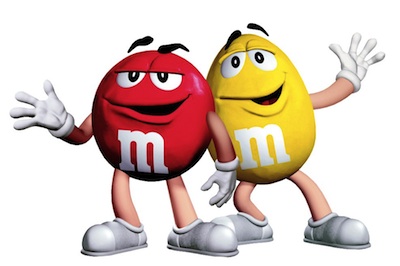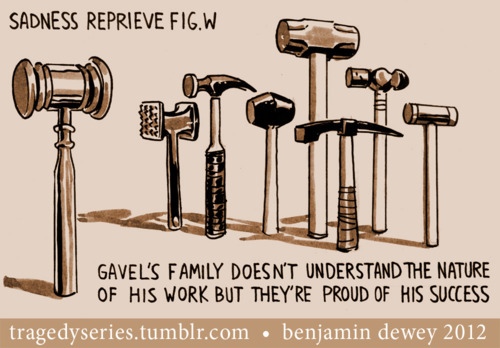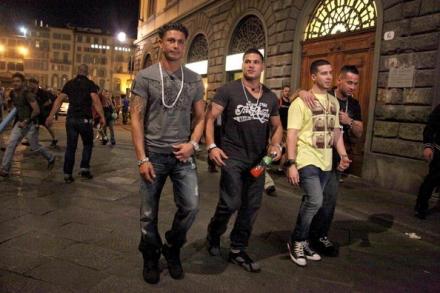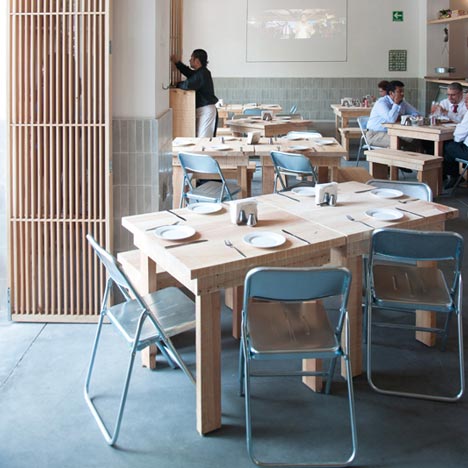Soderbergh’s Contagion is a movie about the ills of globalization, right down to the ridiculous closing sequence in which deforestation by a multinational is blamed for a viral pandemic.
But viruses are more than a MacGuffin, they’re the intersection between the organic and the inorganic, between that which lives and that which exists. Viruses may be responsible for some of the biggest upheavals in human history and they continue to impact human behavior in ways that undermine our identity.
Consider Kathleen McAuliffe on T. gondii and more:
But T. gondii is just one of an untold number of infectious agents that prey on us. And if the rest of the animal kingdom is anything to go by, says Colorado State University’s Janice Moore, plenty of them may be capable of tinkering with our minds. For example, she and Chris Reiber, a biomedical anthropologist at Binghamton University, in New York, strongly suspected that the flu virus might boost our desire to socialize. Why? Because it spreads through close physical contact, often before symptoms emerge—meaning that it must find a new host quickly. To explore this hunch, Moore and Reiber tracked 36 subjects who received a flu vaccine, reasoning that it contains many of the same chemical components as the live virus and would thus cause the subjects’ immune systems to react as if they’d encountered the real pathogen.
The difference in the subjects’ behavior before and after vaccination was pronounced: the flu shot had the effect of nearly doubling the number of people with whom the participants came in close contact during the brief window when the live virus was maximally contagious. “People who had very limited or simple social lives were suddenly deciding that they needed to go out to bars or parties, or invite a bunch of people over,” says Reiber. “This happened with lots of our subjects. It wasn’t just one or two outliers.”
More, previously.
























